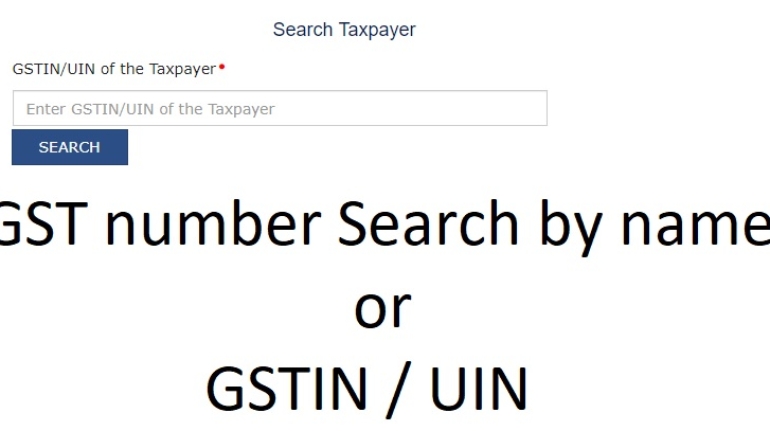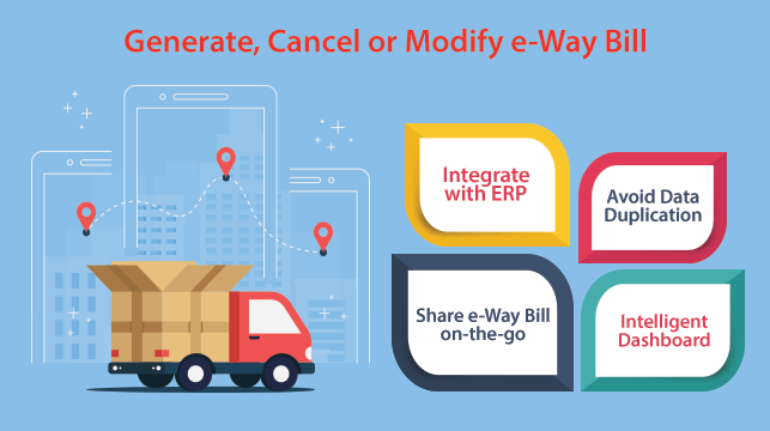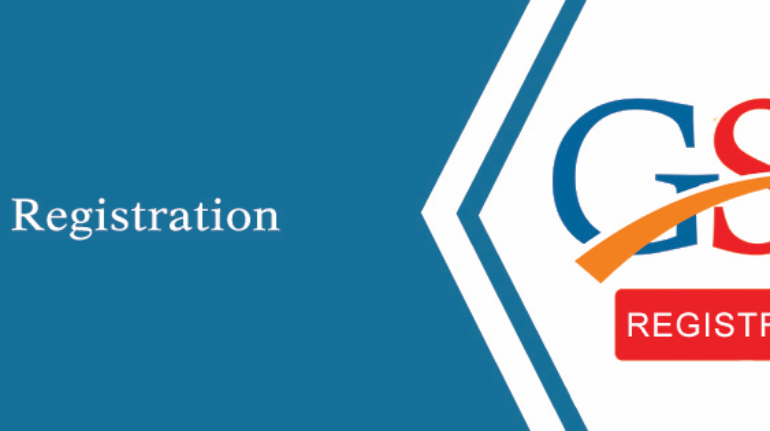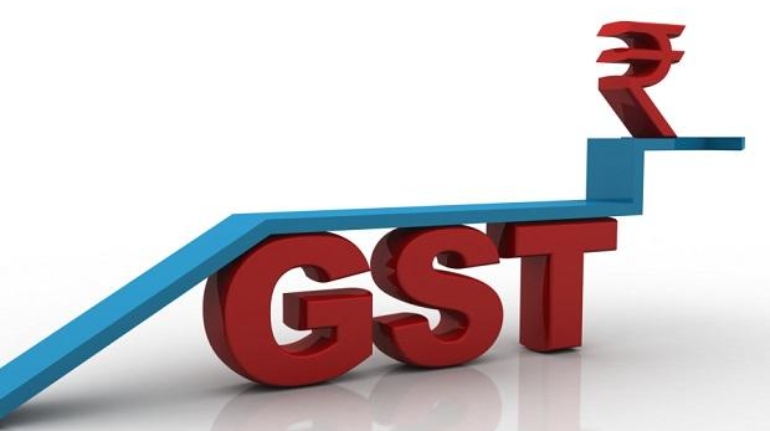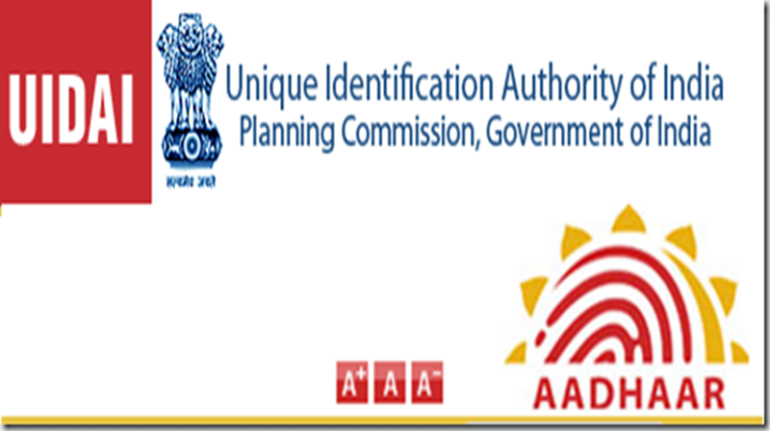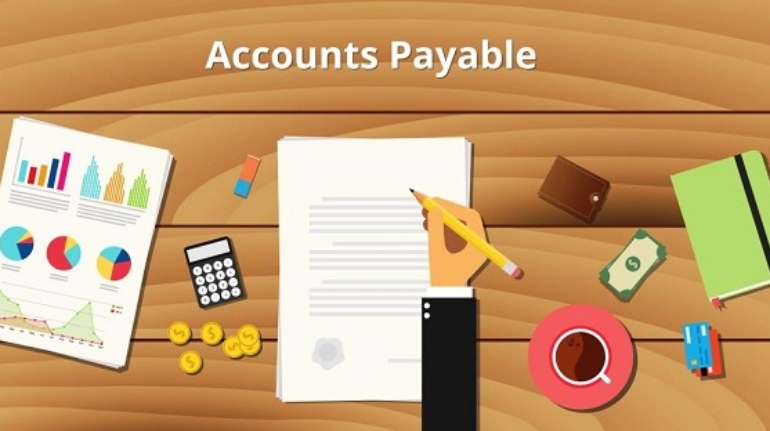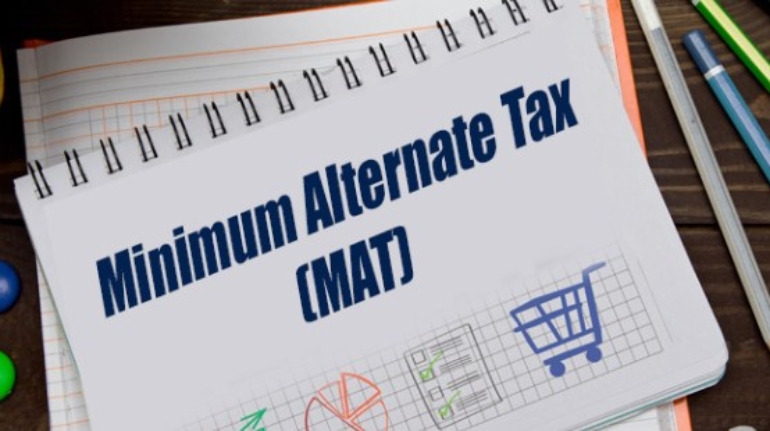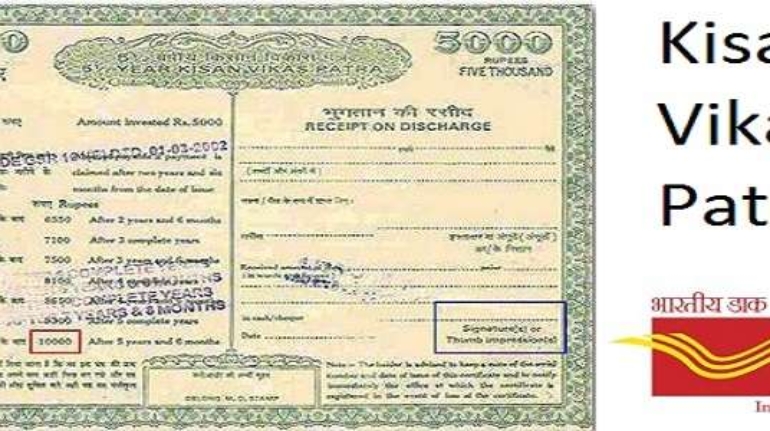Goods and Service Tax Identification Number
Goods and Service Tax Identification Number (GSTIN) All the business entities registering under GST will be provided a unique identification number known as GSTIN or GST Identification Number. Before GST was implemented, all dealers registered under the state VAT law were assigned a unique TIN number by the respective state tax authorities. Similarly, service providers were assigned a service tax registration number by the Central Board of Excise and Custom (CBEC). Format of GSTIN Number: ...

